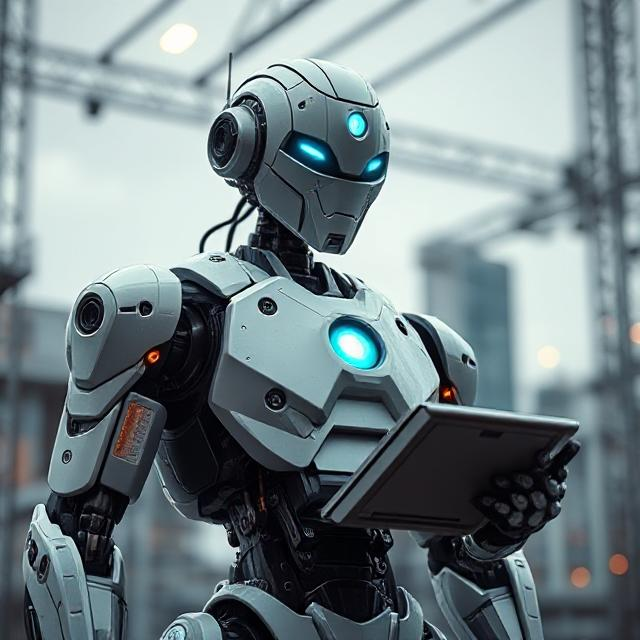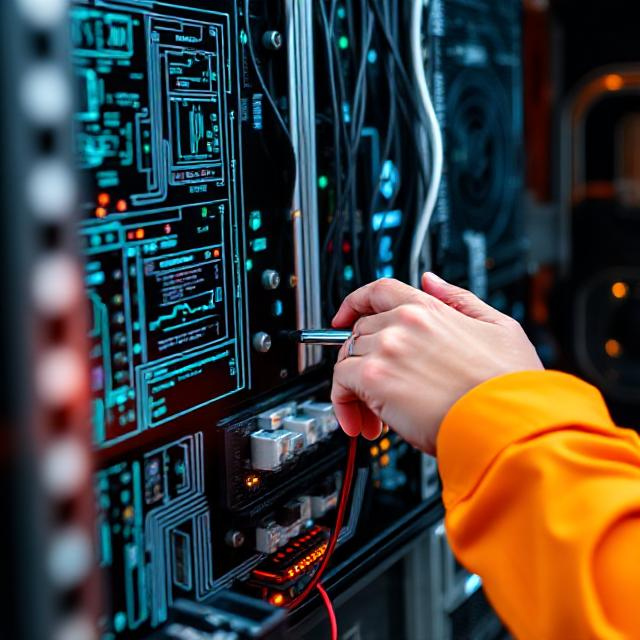tures like user authentication, database management, and URL routing. Flask, on the other hand, is lightweight and more flexible, perfect for building smaller applications or for developers who prefer to have more control over their project.
Python’s compatibility with front-end technologies like HTML, CSS, and JavaScript ensures that it can handle both server-side and back-end web development. With Python, you can build everything from simple websites to full-fledged, dynamic web applications with ease.
Python in Data Science and Machine Learning
When it comes to data science and machine learning, Python is the undisputed leader. The language is packed with powerful libraries like Pandas, NumPy, SciPy, and Matplotlib that make data manipulation, analysis, and visualization easy. These libraries allow data scientists to work with large datasets, perform complex computations, and visualize results without having to write extensive amounts of code.
For machine learning, Python offers frameworks such as TensorFlow, Keras, and Scikit-learn. These frameworks provide ready-made tools for building machine learning models, making Python an essential language for AI developers. Whether you’re working on predictive analytics, natural language processing, or computer vision, Python’s libraries simplify the process of building and deploying machine learning models.
Python’s popularity in data science can also be attributed to its large and active community. With a wealth of resources, tutorials, and forums available online, developers can quickly learn and implement new techniques in data analysis and machine learning.
Python in Automation
In the realm of automation, Python has proven itself to be a powerful tool. Whether it’s automating simple tasks like renaming files or more complex operations like interacting with APIs or controlling hardware, Python makes automation easier than ever.
One of the most popular libraries for automation is Selenium, which is used to automate web browsers. This tool allows developers to perform tasks like automated testing of web applications, scraping data from websites, and interacting with web elements in a browser—saving both time and effort.
Additionally, Python’s support for scripting makes it ideal for automating repetitive tasks on a computer. For instance, tasks such as generating reports, sending emails, or updating databases can be done with just a few lines of Python code. This flexibility has made Python a favorite choice for system administrators, DevOps engineers, and anyone looking to save time by automating everyday tasks.
Python and the Future
The future of Python looks bright, with its role in emerging technologies continuing to expand. Python’s versatility makes it a perfect fit for new developments in fields like blockchain technology, robotics, IoT (Internet of Things), and quantum computing. As industries continue to innovate, Python is expected to play a central role in shaping the future of technology.
Python’s future is also secure thanks to its thriving community. With tens of thousands of developers contributing to its open-source ecosystem, new libraries, frameworks, and tools are constantly being developed, ensuring that Python remains relevant and powerful for years to come.
Conclusion
Python’s combination of simplicity, versatility, and powerful libraries has made it the go-to language for developers worldwide. Whether you are interested in web development, data science, machine learning, or automation, Python provides the tools you need to get the job done quickly and efficiently.
Its role in the future of technology is unquestionable, and if you’re just starting your coding journey, there’s no better language to learn. By mastering Python, you’re not only preparing yourself for today’s job market—you’re also positioning yourself for the future of tech.
Start coding today and unlock the endless possibilities Python has to offer!



